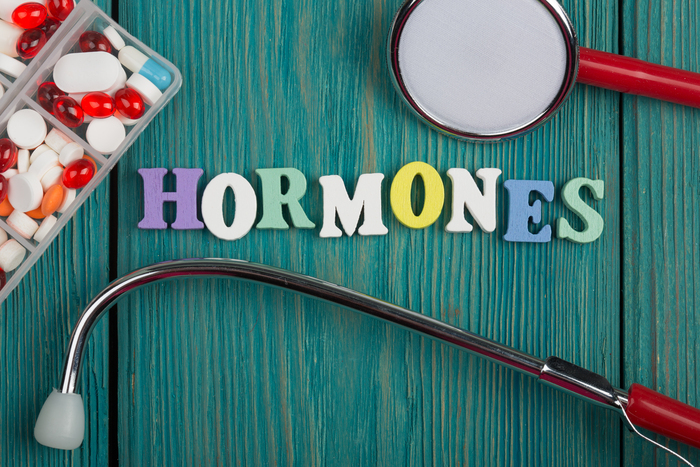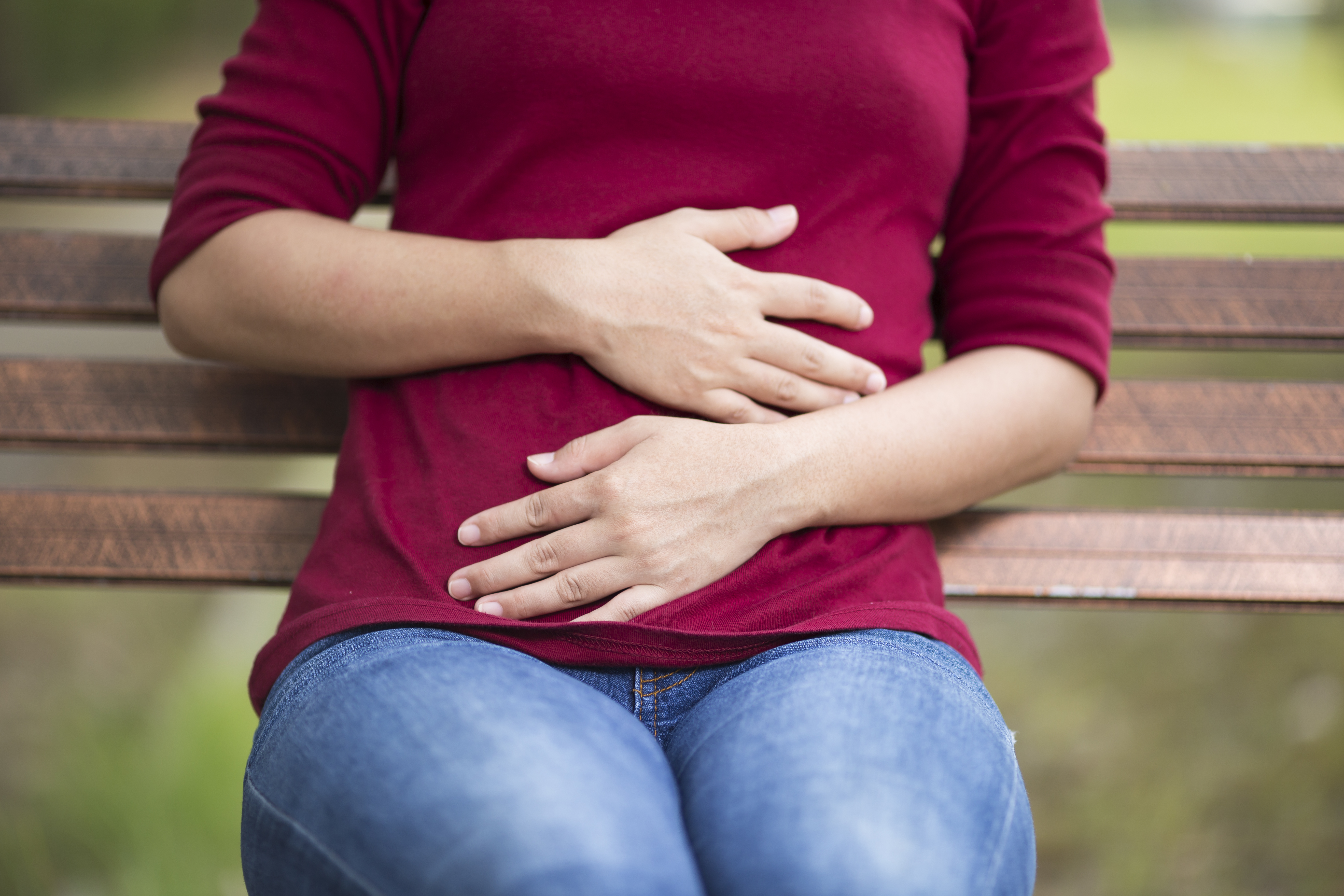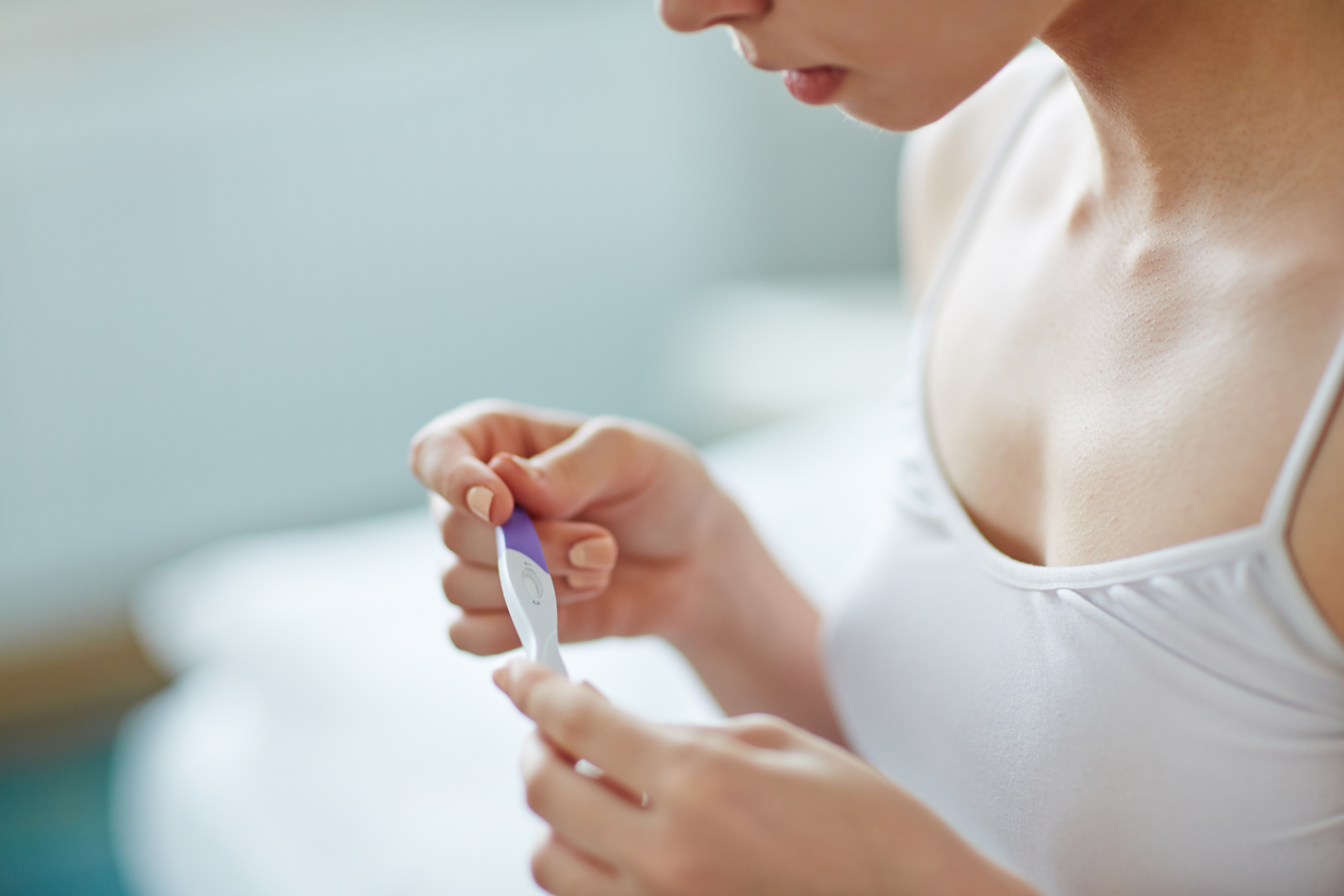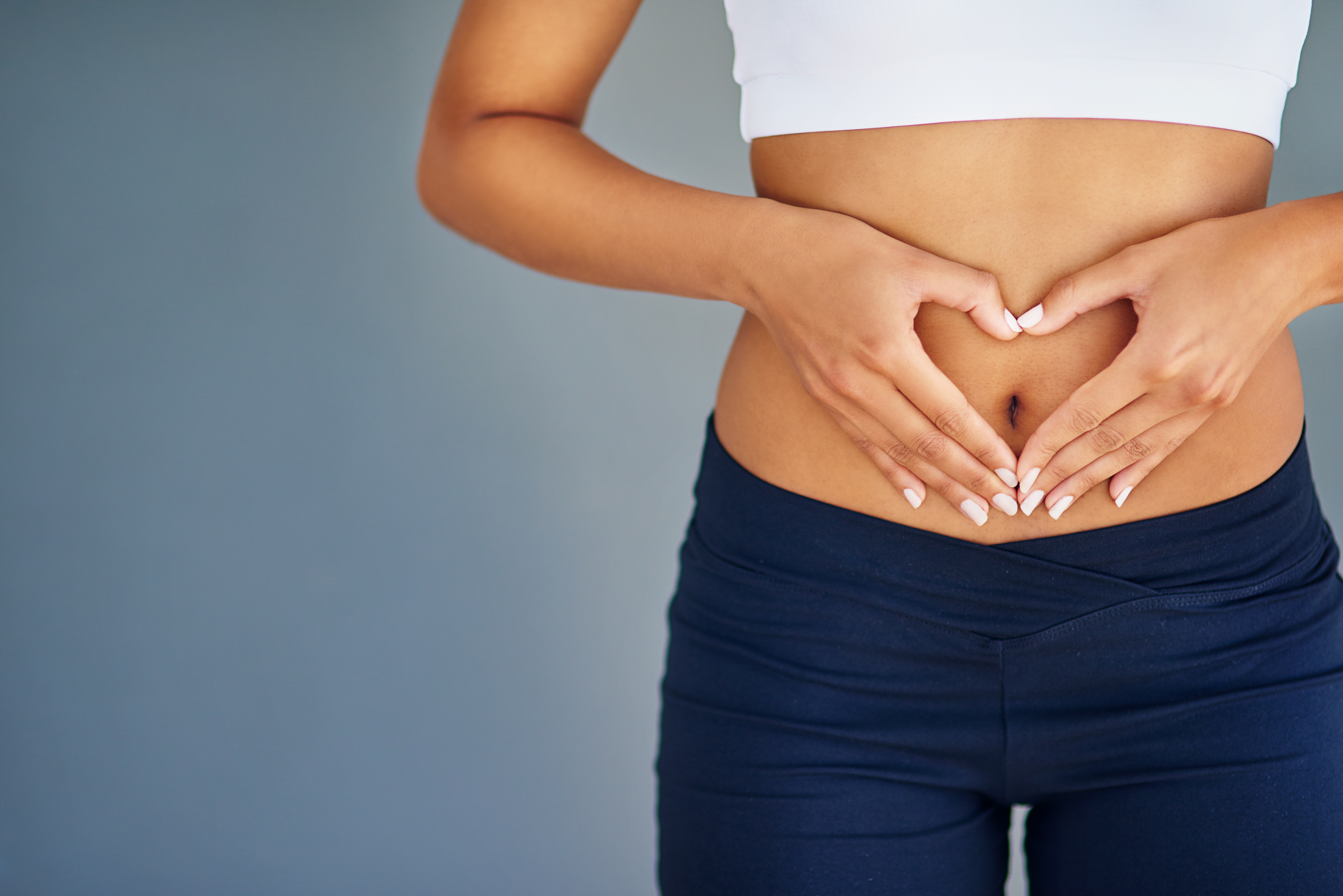Living with fibroids often means living with pain and anxiety. It makes sense to explore ways that might prevent this condition or at least lessen its symptoms. While no diet can guarantee fibroid prevention, altering the food you eat may help slow fibroid growth. An even better plan? Take control of the problem while fibroids are still small. Research all your treatment options. Be in the driver’s seat when it comes to your body.
Below is a complete guide on how fibroids and your diet may interact and what changes you can make that might help with a fibroid issue. While there is little medical data that supports foods shrinking fibroids, there is evidence that changing your diet may help soften or suppress fibroid symptoms.
As with all dietary-based approaches, the hard part is sticking to the program. Many women prefer to shrink fibroids with a non-surgical, non-invasive procedure called Uterine Fibroid Embolization (UFE). UFE alleviates fibroid symptoms by reversing the fibroid growth process.
What Does a Fibroids Diet Look Like? Does It Help?
Studies have yet to provide complete evidence as to why fibroids occur. Many scientists suspect estrogen levels play a significant role in fibroid development. Some fibroid treatments focus on methods to reduce a woman’s estrogen levels. Generally, this involves estrogen suppressant therapy. Most physicians will only recommend this kind of treatment for a short time. The adverse elements to interrupting a body’s natural hormone levels and/or artificially supplementing the body with suppression or stimulation of hormones have significant risks in the long term.
But what if the diet is an important factor in hormones that stimulate fibroid growth? What if you are getting estrogen ‘boosts’ from foods you eat regularly?
How Do Diet Increase Estrogen Levels?
You already know that many modern food products are treated with environmental estrogens. Industrial-agro fruits and vegetables are often sprayed with xenoestrogens to stimulate quicker growth. Farmed fish are treated with estradiol for the same reason.
Many of the things we eat have been treated with hormones. Switching to organic-based products can help lower the amount of estrogen in your diet. You can also try eating foods that help lower the estrogen that you, yourself, are producing. And you can avoid foods that are naturally high in estrogen.
Combine all these efforts, and you decrease the amount of estrogen intake from food. This can work toward slowing fibroid growth and lessening your symptoms.
Foods that support liver function are also very important. By keeping the liver healthy, you help the body rid of excess toxins, which boost your immune system.
Best Food Candidates for a Fibroids Diet
There are no foods proven to shrink fibroids. However, consider adding these foods to your diet plan in order to decrease estrogen levels.
Cruciferous Vegetables
These veggies are crucial for helping your liver detox. We recommend you don’t overcook them, or they lose a lot of nutrients.
- Broccoli
- Cabbage
- Bok choy
- Kale
- Turnips
- Watercress
- Radish
- Arugula
Detox Agents
Explore foods that boost the body’s detox ability.
- Garlic
- Beets
- Ginger
- Turmeric
- Plenty of water
Polyphenol (Antioxidant)
An antioxidant called polyphenol, which is found in green tea, can help counteract estrogen. Incorporating green tea into the diet daily may help curb estrogen levels.
Carotenes
A good amount of carotenes supports overall health.
- Apricots
- Cantaloupe
- Carrots
- Pumpkin
- Spinach
High Vitamin E Foods
Vitamin E, Vitamin B, magnesium, and omega-3 fatty acids may help reduce fibroid symptoms. Foods with plenty of Vitamin E include:
- Almonds
- Wheat germ
- Hazelnuts
- Cod liver oil
Anti-Inflammatories Are Your Friends
You may have heard about pineapple and fibroids. Pineapple is one of the major anti-inflammatory foods. Fresh rosemary also helps decrease inflammation.
Multivitamins Daily
Vitamin balance in the body contributes to overall health. While we prefer getting vitamins directly from natural foods, an adult multivitamin is often the default setting for many women. Look for multivitamins that include 100% Daily Value amounts of:
- B1 (thiamin)
- B2 (riboflavin)
- B3 (niacin)
- B12
- B6
- Vitamins C, D, E
- Folic acid
- Max of 15,000 IUs of beta-carotene (Vitamin A).
Worst Foods For Fibroids
While no single food has been linked to causing fibroids, certain foods could put you at greater risk for fibroid occurrence. Why? They contain and elevated estrogen. Eliminating them may help you better regulate your estrogen levels.
Foods that Increase Estrogen
- Red meat
- Alcohol
- Animal fats
- Cheese
- Cream
- Butter
- Ice cream
- Chocolate
- Soy and soy products
Be sure to trim fat from turkey and chicken, as it could boost estrogen levels as well.
Type of Milk
Whole milk might be delicious, but low-fat is a better option. Better still? Switch to non-dairy. Oat or almond milk is less likely to aggravate a fibroid condition. Be aware that soy milk is not a wise choice. Soy products are estrogen elevators. (see below)
Soy Products
Prolonged consumption of soy products has been linked to higher estrogen levels. While the occasional bite of tofu or a soy latte won’t cause too much harm, the overall pattern for soy-rich foods is pretty clear. Soy and soy products are estrogen rich. And the prevalence of soy and soy-based products across our modern diet makes removing them a challenge.
Sweetener Types
Watch out for artificial sweeteners. While they aren’t estrogen rich, there is evidence they affect gut bacteria and hormone balance. Eating natural sugar isn’t a good idea either. High insulin (caused by an elevated sugar intake) lowers the sex hormone-binding globulin (SHBG), which dumps estrogen in your system and can contribute to symptoms like sore breasts, fibroids, and heavy menses. Eliminating sweeteners from your diet is doable but difficult.
Plastic Containers
While durable and convenient, plastic containers can influence estrogen levels in the body. BPA, a chemical found in many plastic containers, mimics estrogen. Studies show that food often absorbs small amounts of plastic from plastic containers. Consider storing edibles in glass, paper, or ceramic containers.
Speak With Your Doctor About a Fibroid Diet
An estrogen suppressive diet doesn’t guarantee you will stop fibroid growth or eliminate symptoms. But it may be worth the work. Positive dietary changes are attainable (and you don’t need medical insurance to reap their benefits). You might see positive results from a diet that lowers estrogen and raises your immune system.
The reality is that dietary changes alone are unlikely to end a fibroid problem. Diet can’t address the root cause. As long as your body produces estrogen (which is natural, if you’re not well into menopause), as long as fibroids have a blood supply (which allows them to grow and thrive), you are likely to be stuck in a symptom cycle.
Know all your treatment options
Think about treatment earlier versus later. Think less invasive versus surgical. You’re the boss of your body. Research all your choices.
Some women will move from symptomatic to asymptomatic with a strict dietary change. Others will get minimal or zero relief. Lowering estrogen levels and boosting antioxidants might help. But it won’t cure. The most important thing in a treatment journey? Address fibroids before they have a chance to change your life, your body, your freedom. You will save months, or years, or even decades of ill-health, restriction, and regret.
To learn more about treating uterine fibroids non-surgically by blocking fibroid blood supply, please contact us. You may find relief with dietary changes. If you don’t, we’re here with a proven and highly successful non-surgical alternative. Find out about Uterine Fibroid Embolization.









